In Fukui Prefecture, Japan, there are rare destinations that calm the mind and free you from the noise of everyday life.
Eiheiji Temple, the head temple of the Soto Zen sect that attracts monks from across the country for rigorous training, and Heisenji Hakusan Shrine, a sacred site known as the “Moss Temple,” are both steeped in centuries of history and deep spiritual devotion. These places quietly restore inner balance and offer a unique space for healing.
In this first chapter of the Ikebanadoctor’s Summer Vacation travel series, I—both a physician and a traveler—share my journey through these two remarkable sites in Fukui. Along the way, I’ll cover not only their history and must-see highlights, but also the ethereal reflection photography at Mitarashi Pond, simple tips for capturing beautiful shots even with an iPhone, and how “nature and tranquility” can positively impact your health.
I hope these insights will inspire your next trip and help you discover the richness that lies within silence.
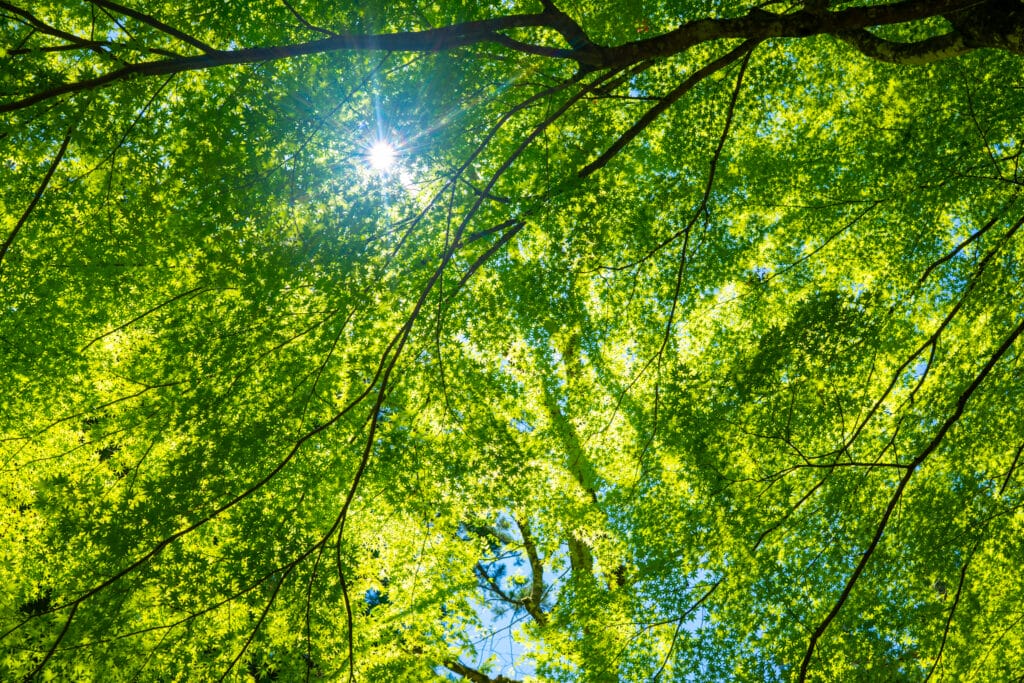
(Photographed within the grounds of Eiheiji Temple, Fukui, Japan)

※This is an affiliate link. Your purchase supports this blog – thank you!
- Prologue | Why I Traveled to Fukui in Search of Serenity
- About Eiheiji Temple | A Training Ground Where the Spirit of Zen Lives On
- How to Explore Eiheiji Temple | Experiencing the World of Zen Through All Five Senses
- ◉ Sanmon Gate and Approach Path | The Tranquil Entrance to Eiheiji Temple
- ◉ The Covered Corridor of Eiheiji Temple | A Silent Moment Passing by Training Monks
- ◉ Sanshokaku Hall and the Painted Ceiling of Eiheiji Temple | Serenity Within Vibrant Colors
- ◉ Tōsu (Temple Toilet) | Even the Restroom is Part of Zen Training at Eiheiji
- ◉ Additional Travel Snapshots
- Heisenji Hakusan Shrine | A Sacred Space Where Moss and Mythology Come Alive
- Mitarashi Pond | Goddess Legend and Enchanting Reflections
- A Must-Read for Photography Enthusiasts | Mastering Reflection and Natural Light Photography Techniques
- From a Doctor’s Perspective | A Healing Prescription from Nature and Silence
- Travel Tips for Fukui | Access, Clothing, Local Food & Seasonal Guide
- 🌼 Why don’t you start a life with flowers?
- Conclusion | Embracing the Richness Found in Silence and Carrying It Into Your Next Journey
Prologue | Why I Traveled to Fukui in Search of Serenity
As a general practitioner, I spend my days supporting people facing a wide range of worries, pain, and personal struggles. Illness often involves not only physical symptoms but also deep psychological factors, and many of my patients have little space in their busy daily lives to pause and reflect on their own mental well-being.
One day, I found myself wondering—what about me? Despite being in a profession where I care for others’ hearts and minds, I realized I had not taken the time recently to truly look inward.
I wanted to step away from the constant noise of the city and place myself somewhere I could experience stillness with all five senses. That is why I chose Fukui Prefecture in the Hokuriku region of Japan as my destination.
On this trip, I visited Eiheiji Temple, the head temple of the Soto Zen school, and Heisenji Hakusan Shrine, a sacred site affectionately known as the “Moss Temple.” Both are rare places where serenity, nature, and faith merge into one. But my journey does not end here—this is only Chapter One of my “Fukui Healing Journey” series. In future chapters, I plan to introduce more spots in Fukui that feature flowers, nature, and history.
I hope that by sharing the “moments of healing” I experienced—moments where I simply let time flow quietly and became aware of my own breathing—you too might be inspired to seek out your own place of serenity.
About Eiheiji Temple | A Training Ground Where the Spirit of Zen Lives On
Eiheiji Temple, founded in 1244 by Zen Master Dōgen, is the head temple of the Soto Zen School—a branch of Zen Buddhism that places its core emphasis on shikantaza, or “just sitting” in meditation. As the central training monastery of this tradition, Eiheiji has been a living embodiment of Zen practice for more than 780 years.
Even today, over 100 monks live here, engaging in a strict daily routine from early morning until night. Their day begins around 3 a.m., followed by chanting sutras, cleaning, performing samu (temple chores), sitting in zazen, eating mindfully, and offering prayers. Every action is imbued with meaning and discipline.
As you walk through the temple grounds as a visitor, you will see monks moving quietly from place to place, making it clear that this is truly a space of “living Zen.”
Architecturally, Eiheiji is rich in highlights. The traditional shichidō garan (Seven Hall Complex)—including the Buddha Hall (butsuden), Dharma Hall (hattō), Monks’ Hall (sōdō), Kitchen (daikuin), Bath (yokushitsu), and Toilet (tōsu)—remains in active use today. Each structure carries the warmth of wood and a solemn presence, creating a “breathing space” rarely found in modern architecture.
The moment you step into Eiheiji, you notice the absence of unnecessary noise. Only the sound of footsteps, the whisper of wind through the trees, and the chanting of monks resonate—a harmonious blend of nature and humanity. Wrapped in this atmosphere, your awareness naturally turns inward, inviting quiet reflection.
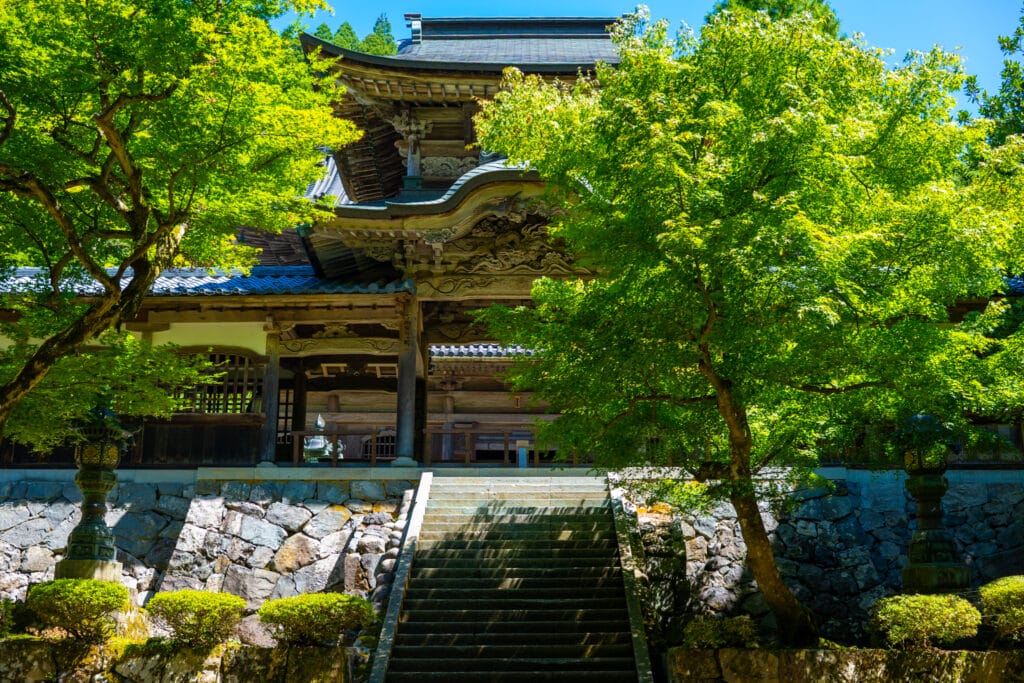

How to Explore Eiheiji Temple | Experiencing the World of Zen Through All Five Senses
◉ Sanmon Gate and Approach Path | The Tranquil Entrance to Eiheiji Temple
The Sanmon Gate, marking the entrance to Eiheiji Temple, feels like a symbolic boundary between the secular world and the realm of Zen.
As you walk along the approach path, surrounded by towering cedar trees, you naturally find your pace slowing down.
Sunlight filters softly through the leaves, illuminating the moss-covered stone pavement, and before you know it, the entire scene transforms into a “world where time stands still.”
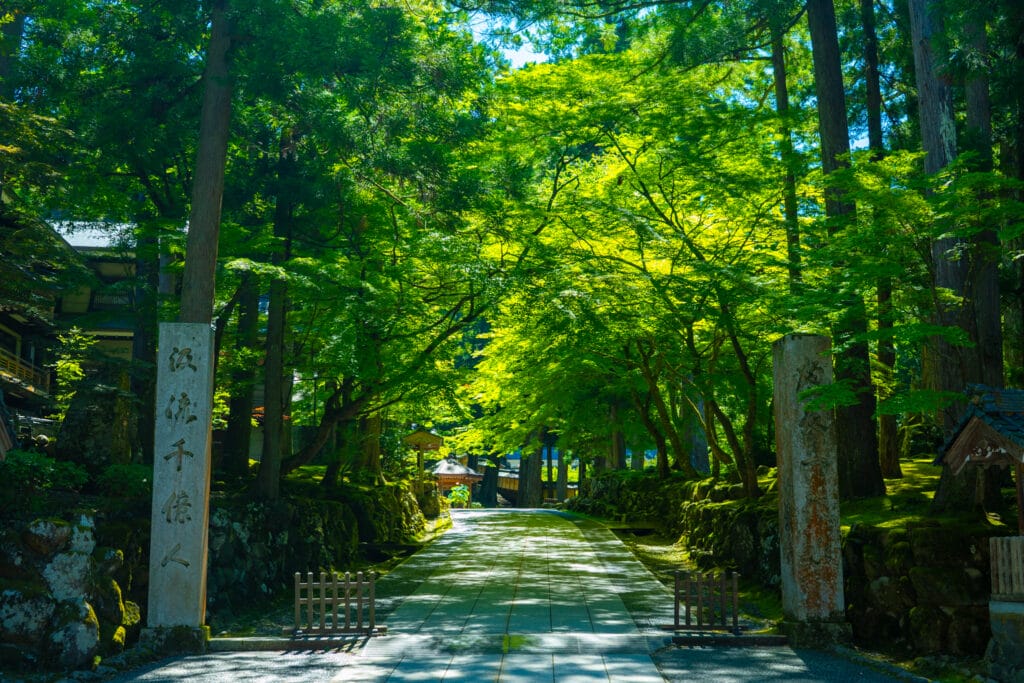
◉ The Covered Corridor of Eiheiji Temple | A Silent Moment Passing by Training Monks
Inside Eiheiji Temple, all buildings are connected by long covered corridors — one of the temple’s most distinctive features.
Walking slowly along the polished wooden floors, you may occasionally pass by training monks. Their upright posture and focused gaze convey the weight and discipline of years of Zen practice.
In the brief moment when you bow and pass each other, it feels as if something is exchanged — not through words, but through the heart.

◉ Sanshokaku Hall and the Painted Ceiling of Eiheiji Temple | Serenity Within Vibrant Colors
The ceiling of Sanshokaku Hall at Eiheiji Temple is adorned with magnificent paintings created by 144 renowned artists of the time.
Rather than overwhelming with vividness, these artworks radiate a quiet serenity — as if bringing light inward to the heart.
When combined with the natural sunlight filtering into the hall, the space invites you into a meditative state, making you feel as though you’ve stepped into the very essence of Zen.
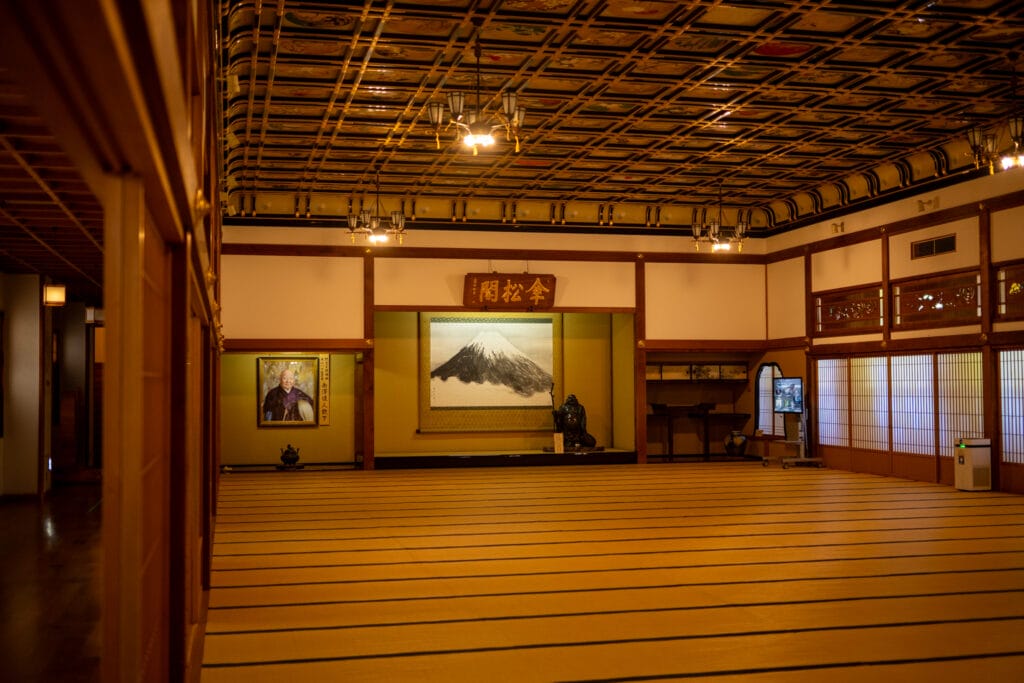
◉ Tōsu (Temple Toilet) | Even the Restroom is Part of Zen Training at Eiheiji
At Eiheiji Temple, the toilet—known as the Tōsu—is regarded as a sacred and pure place, and its cleaning is carried out with exceptional care. Every corner is meticulously maintained, reflecting the Zen principle that every space, no matter how humble, deserves respect and reverence.
Visitors often find that even here, they can feel the profound depth of Zen teachings: the belief that every act, including cleaning, can be a form of spiritual practice.
◉ Additional Travel Snapshots
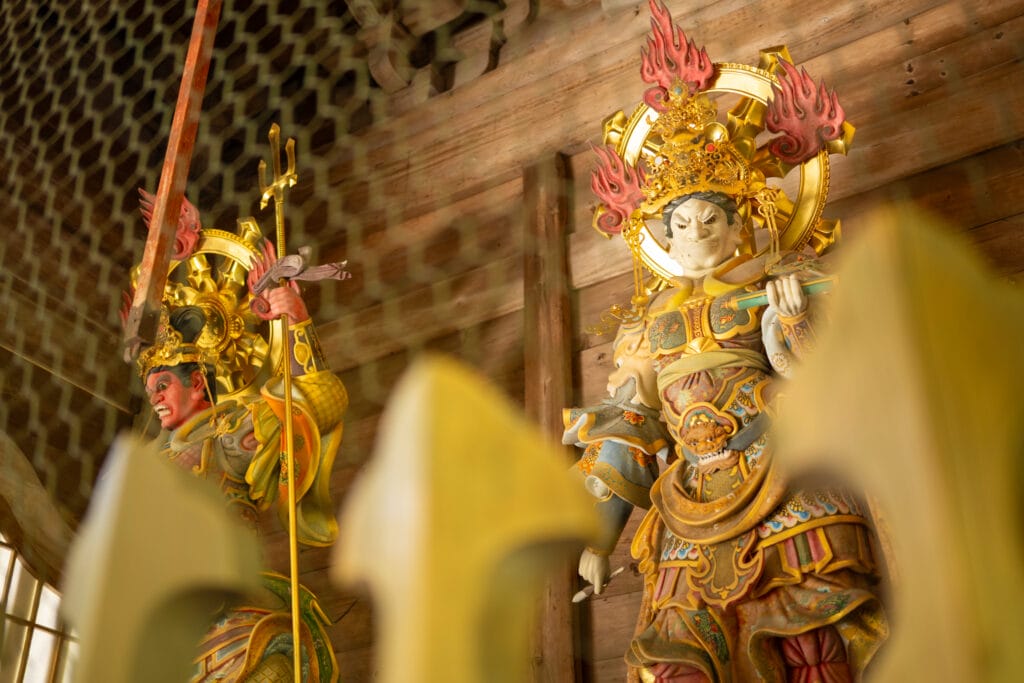
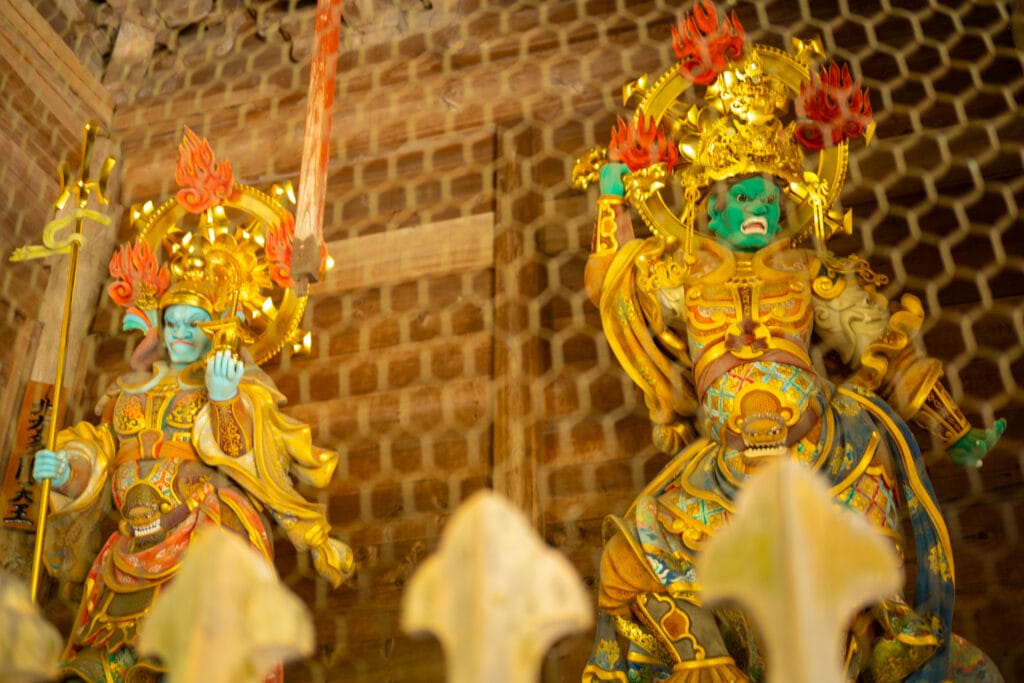
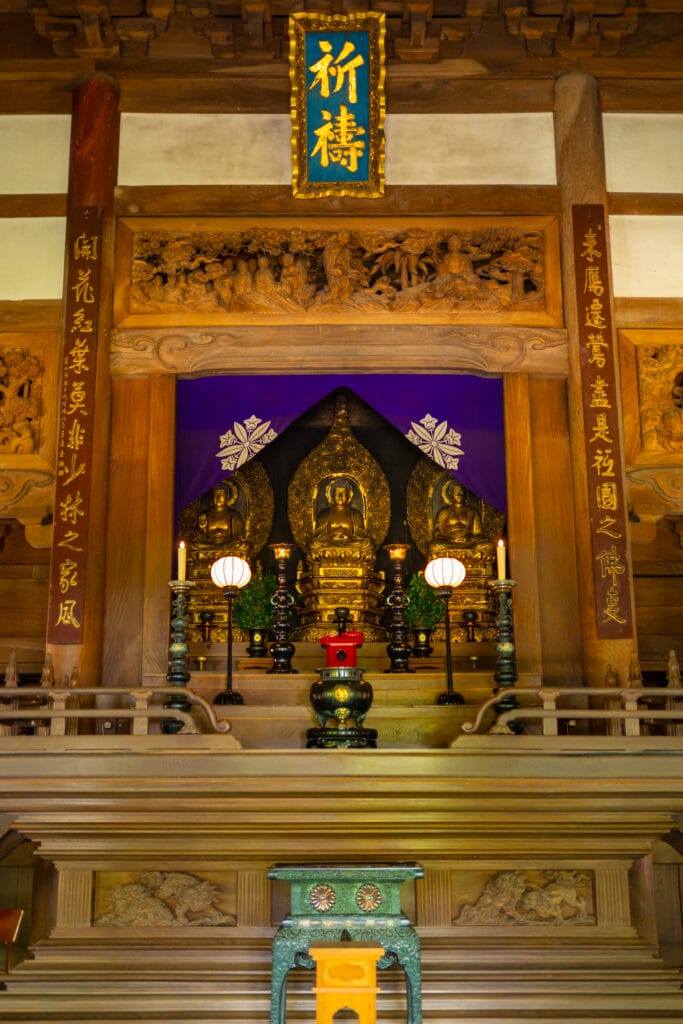
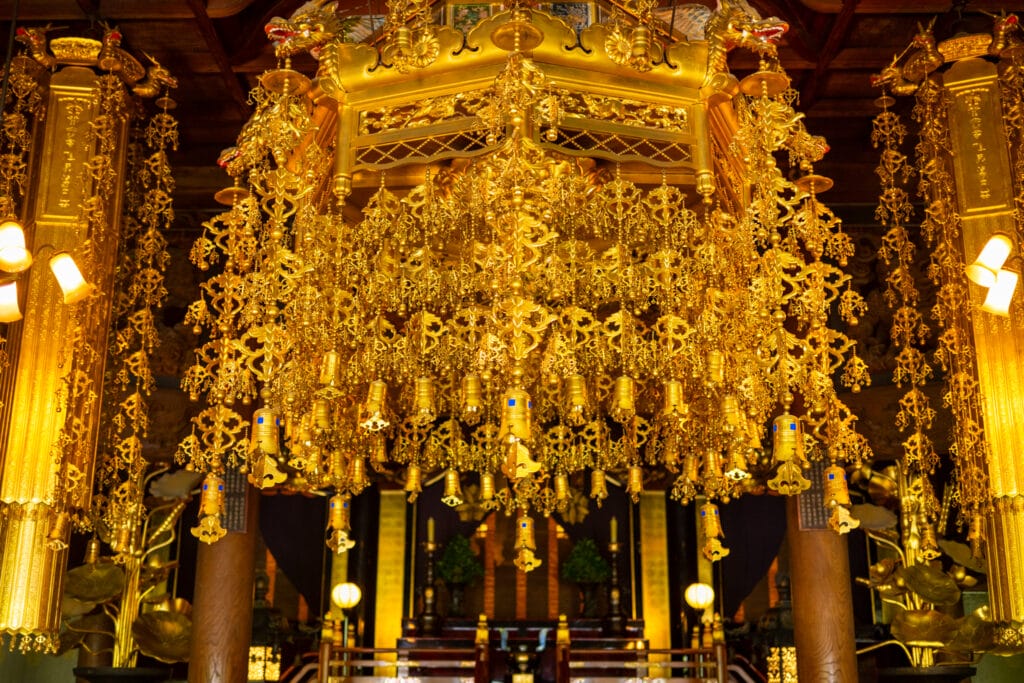
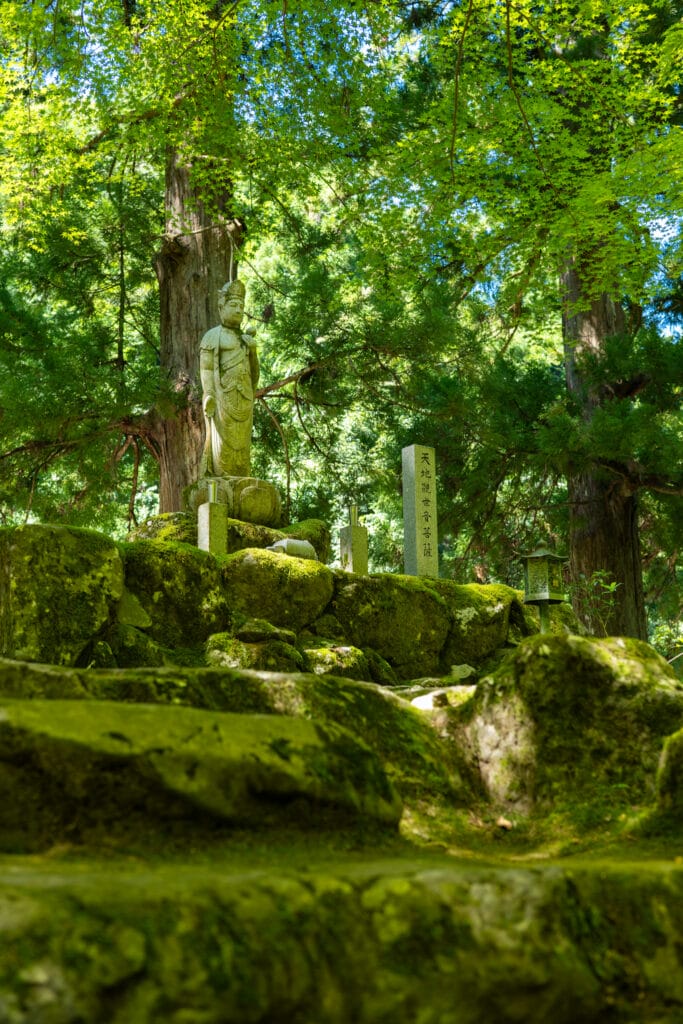
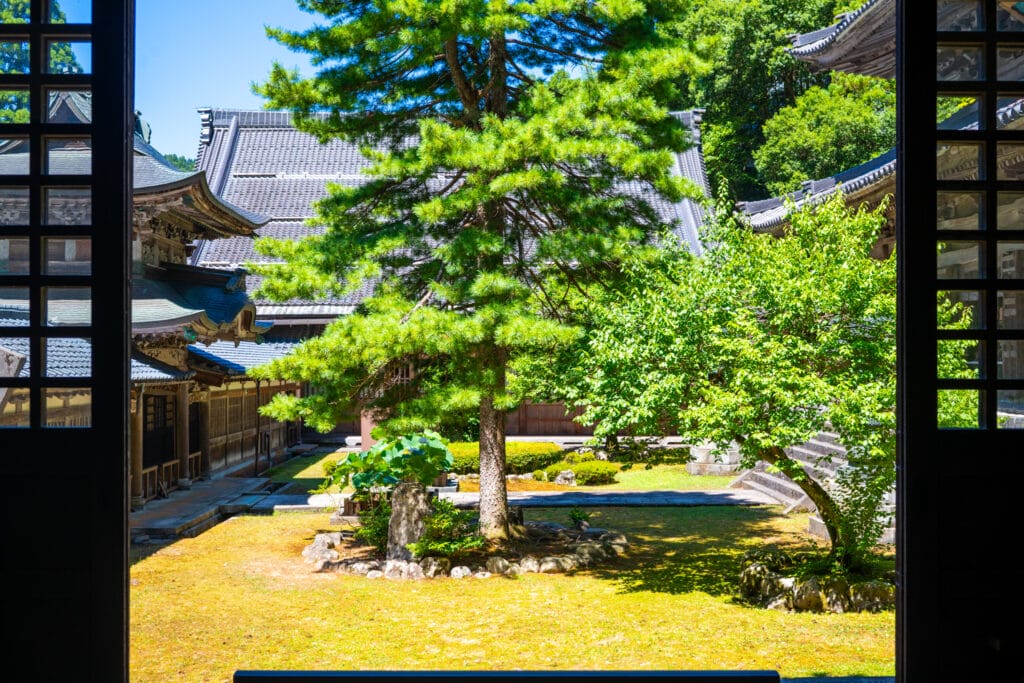
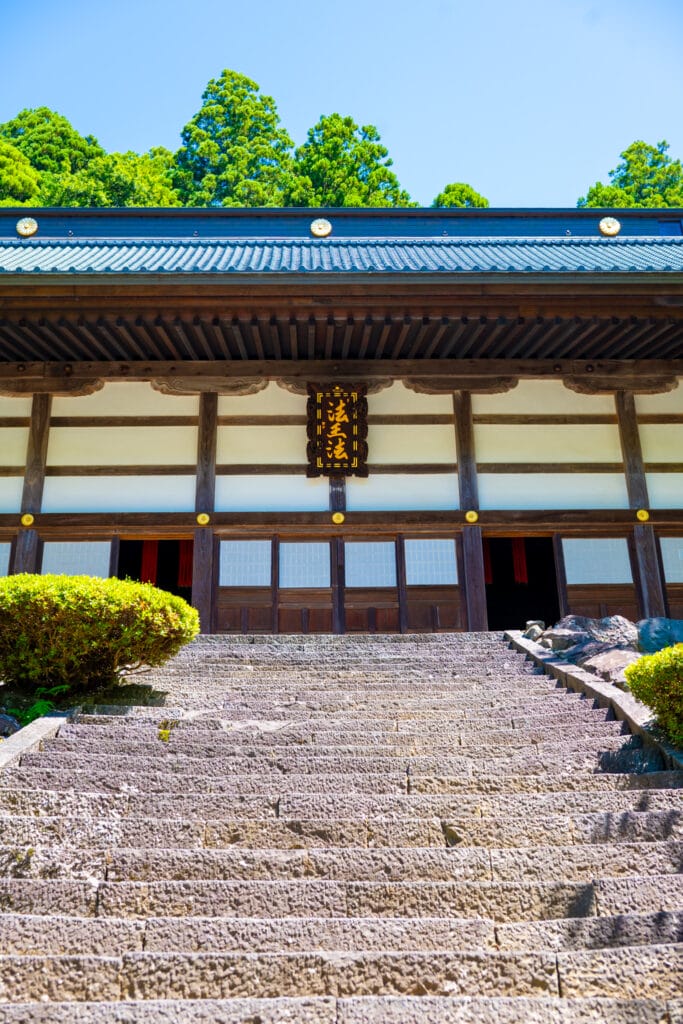

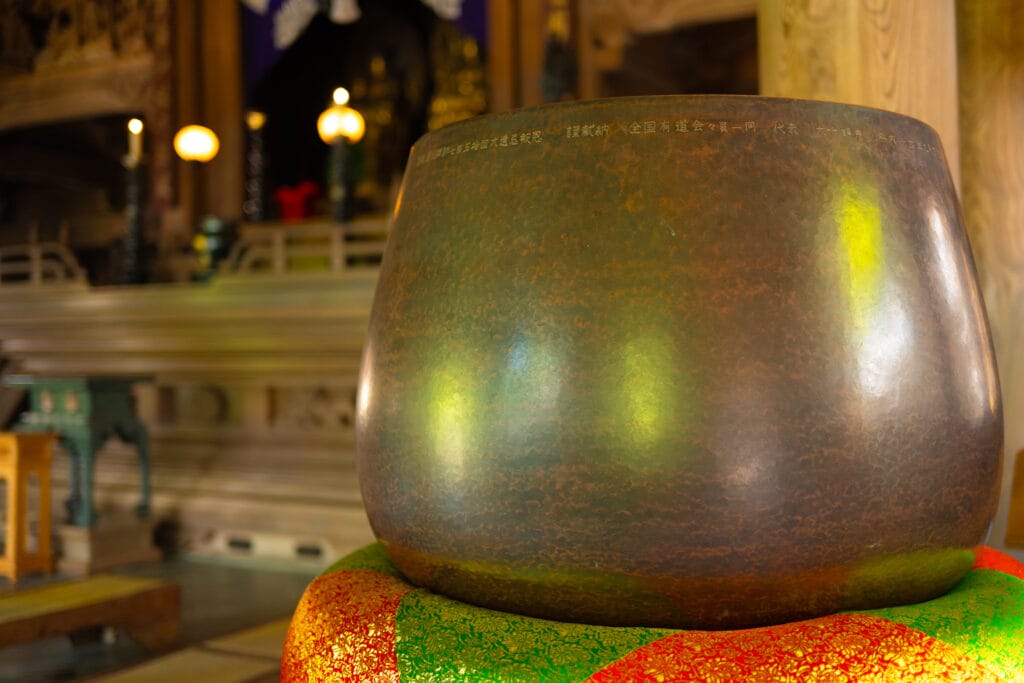
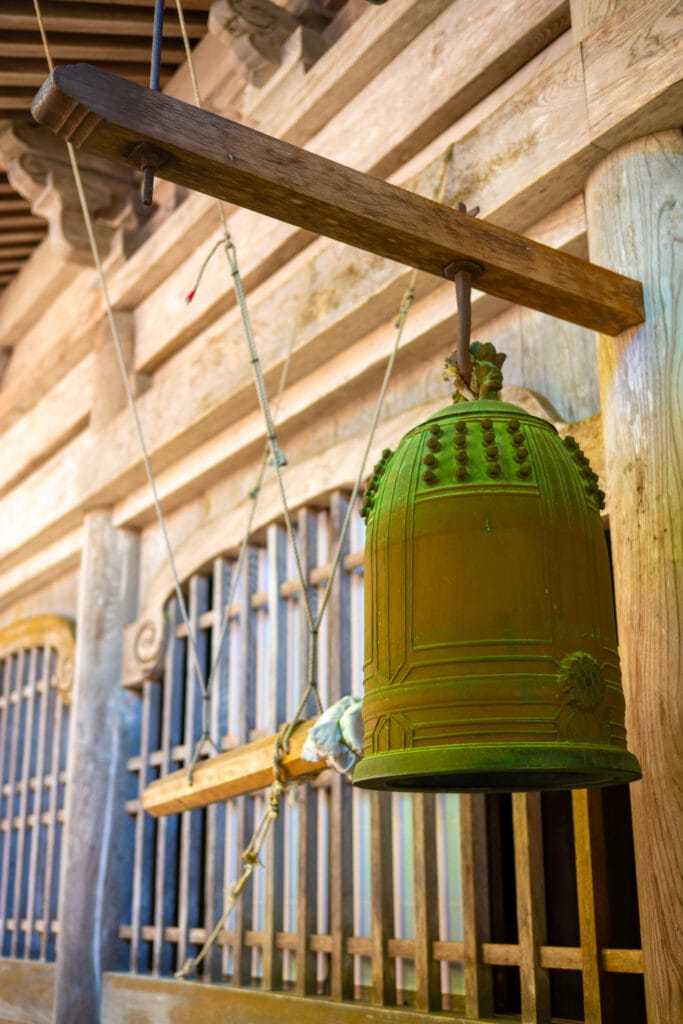
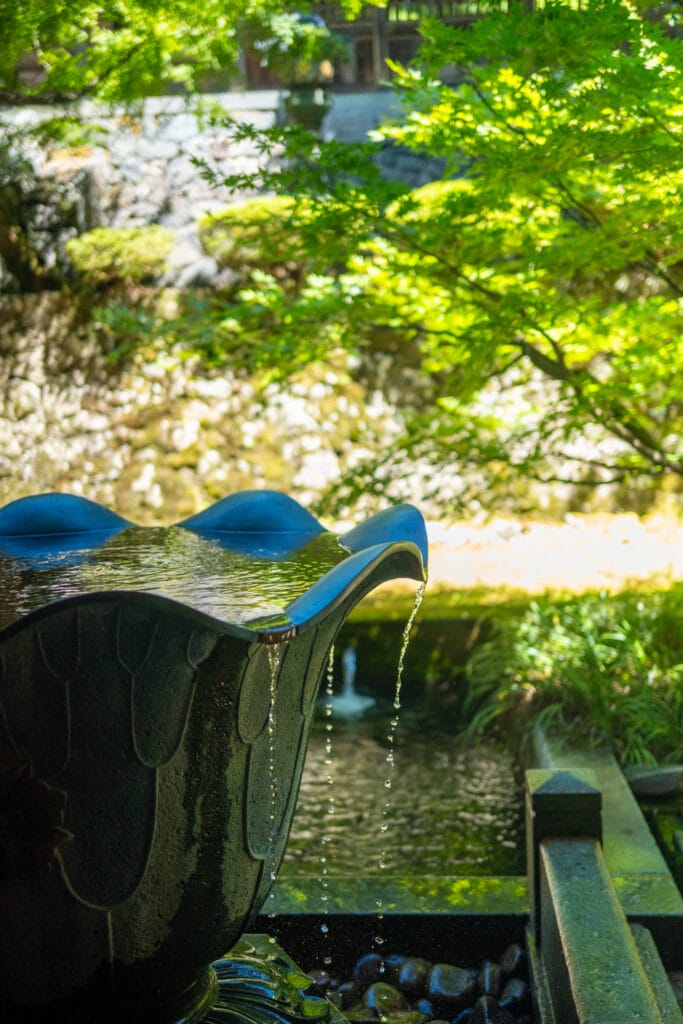
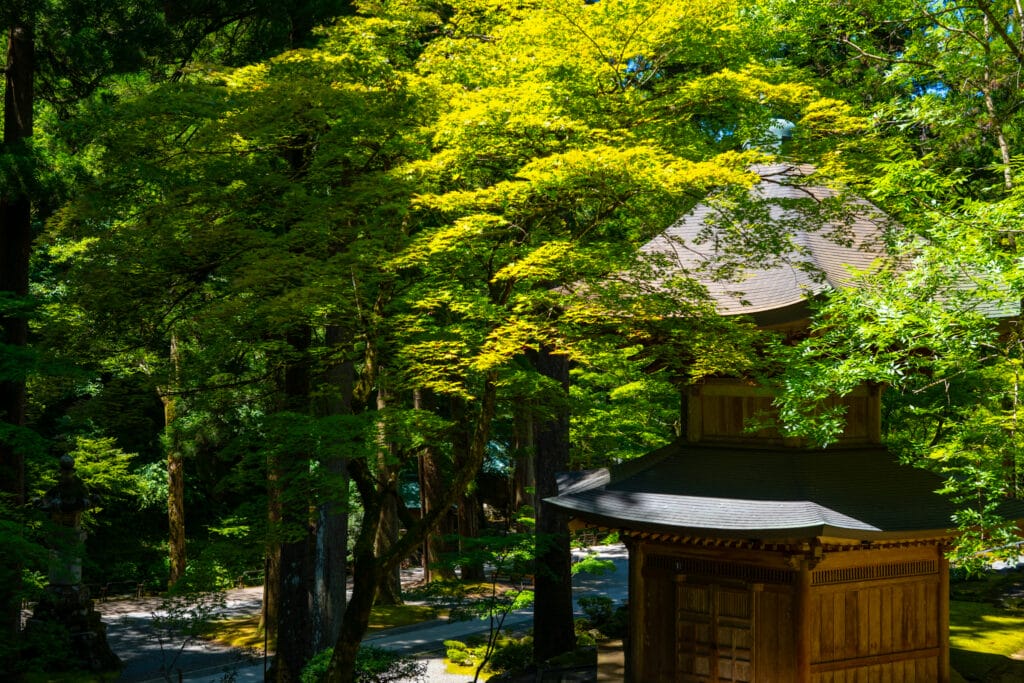
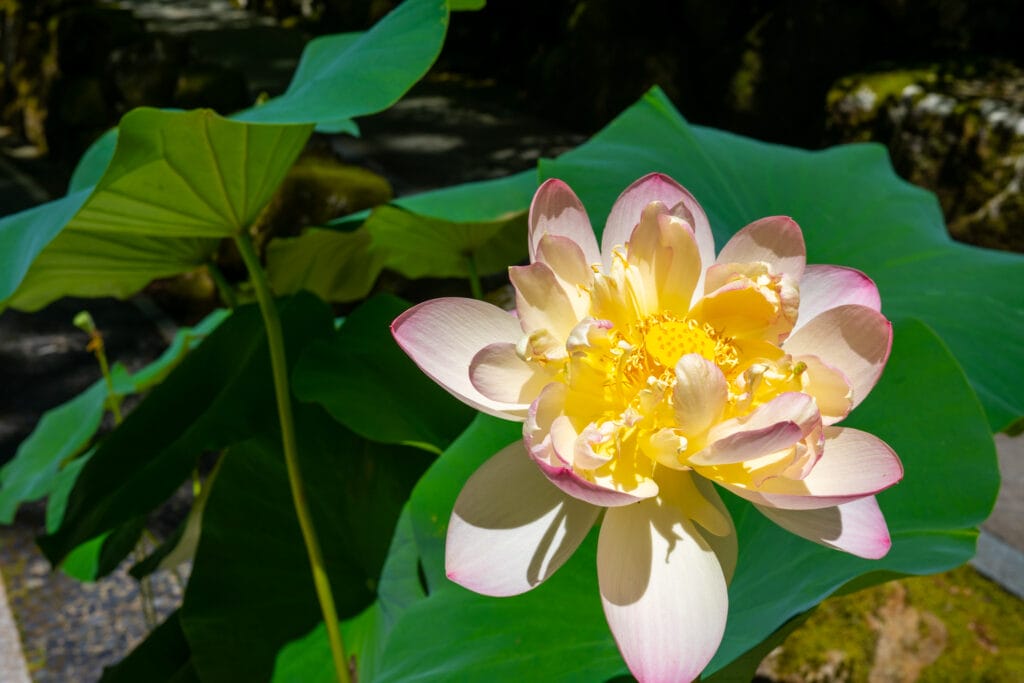
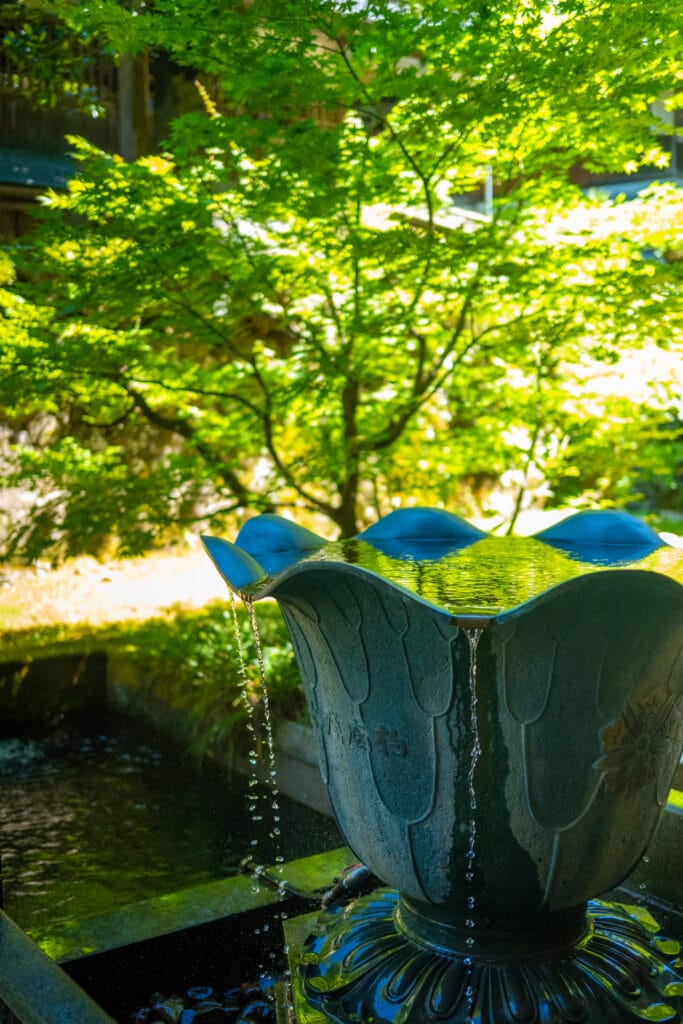
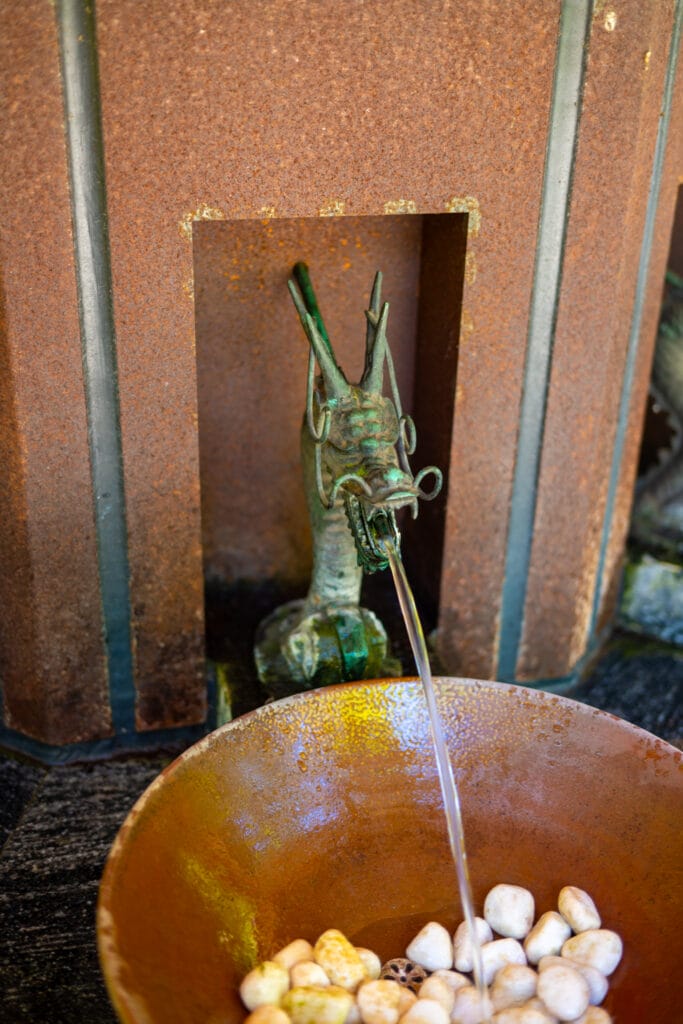
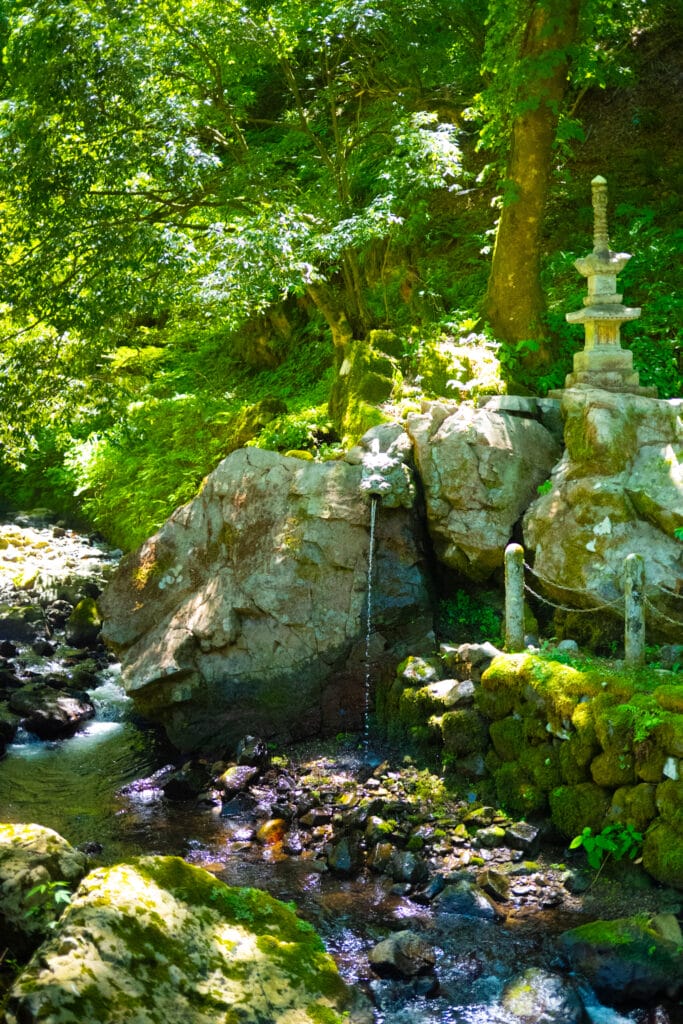
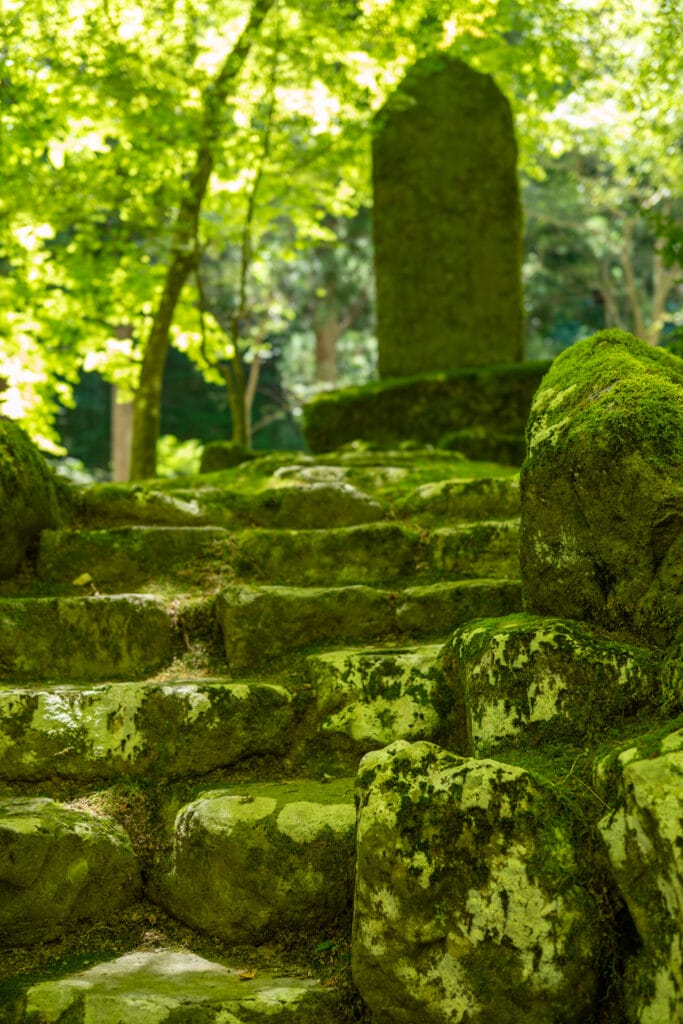
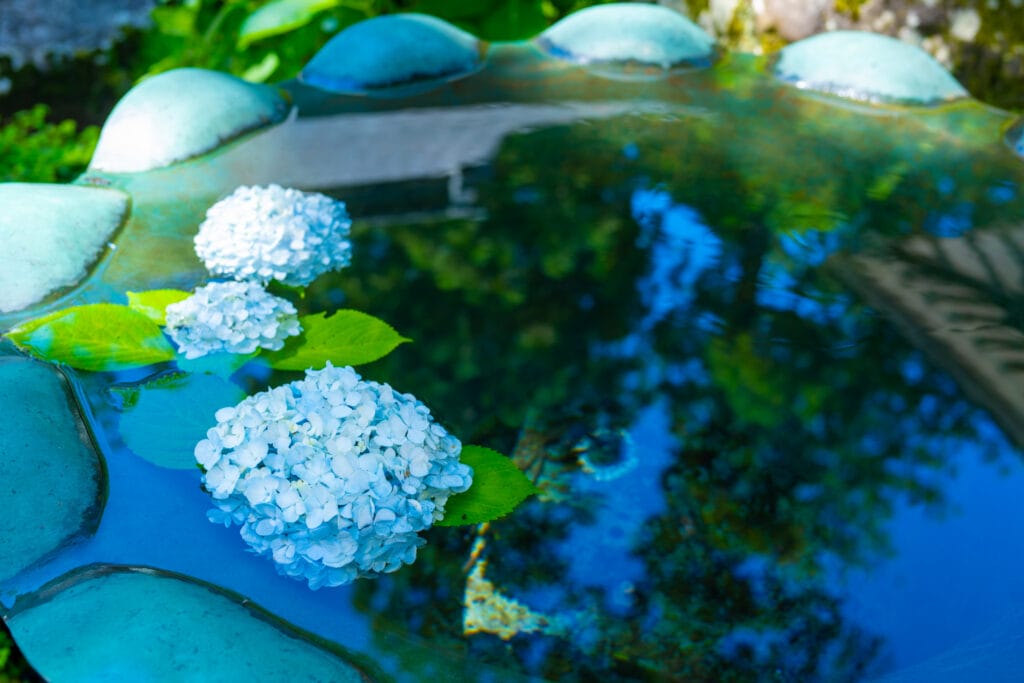
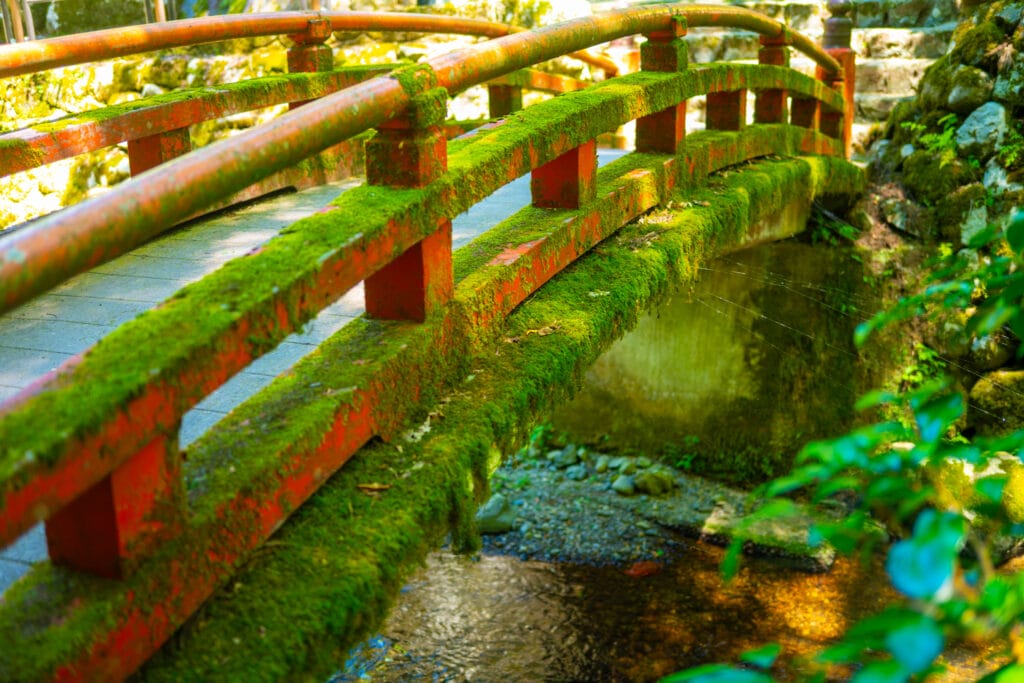
※This is an affiliate link. Your purchase supports this blog – thank you
Heisenji Hakusan Shrine | A Sacred Space Where Moss and Mythology Come Alive
The day after visiting Eiheiji, I followed a local resident’s recommendation and made my way to Heisenji Hakusan Shrine (pronounced Heisenji Hakusan Jinja).
Once a thriving center of Hakusan worship, this sacred site was so revered during the Sengoku period that it was often called the Mount Hiei of Hokuriku.
At its peak, the complex is said to have boasted 48 shrines, 36 halls, and over 6,000 monk residences, with more than 1,000 warrior monks guarding its grounds.
However, it was tragically destroyed by fire during Oda Nobunaga’s military campaign. What stands today is the rebuilt shrine, preserving its spiritual essence.
The grounds are now blanketed in lush moss, resembling a vast green carpet. On rainy or overcast days, the moss takes on an even deeper hue, glistening with moisture and revealing a serene, otherworldly beauty.
Even though my visit didn’t coincide with the peak moss season in June, I was captivated into silence by its charm.
From the meticulously maintained cedar-lined approach to the moss-covered stone steps, every corner radiates a sense of sacred purity. The air itself feels crystal-clear—making it an unmissable destination for photography lovers, nature enthusiasts, and seekers of tranquility alike.
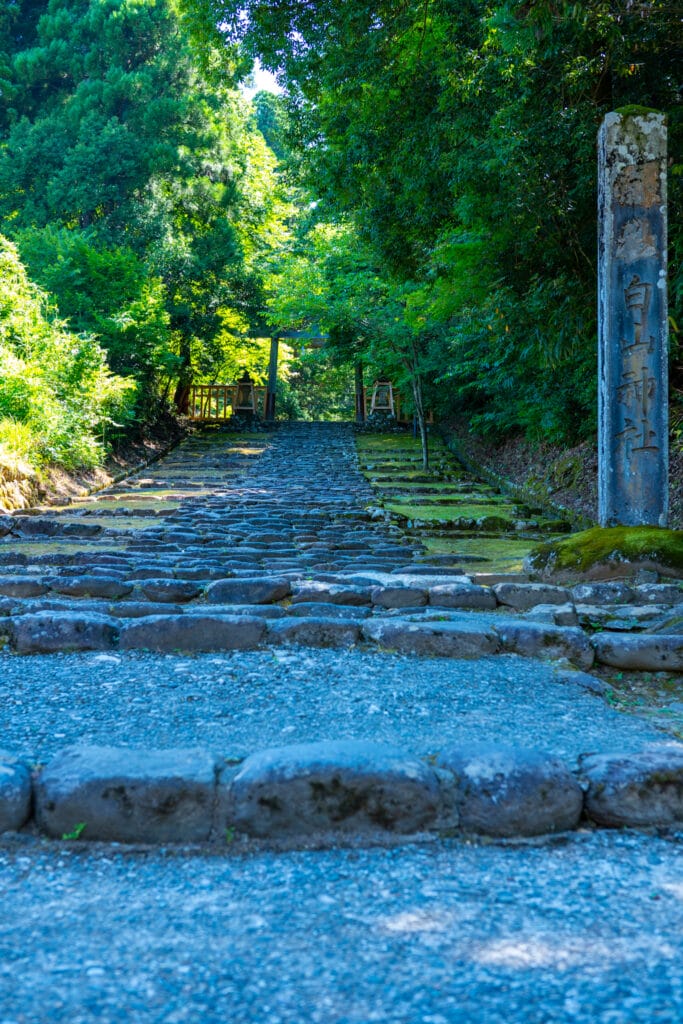
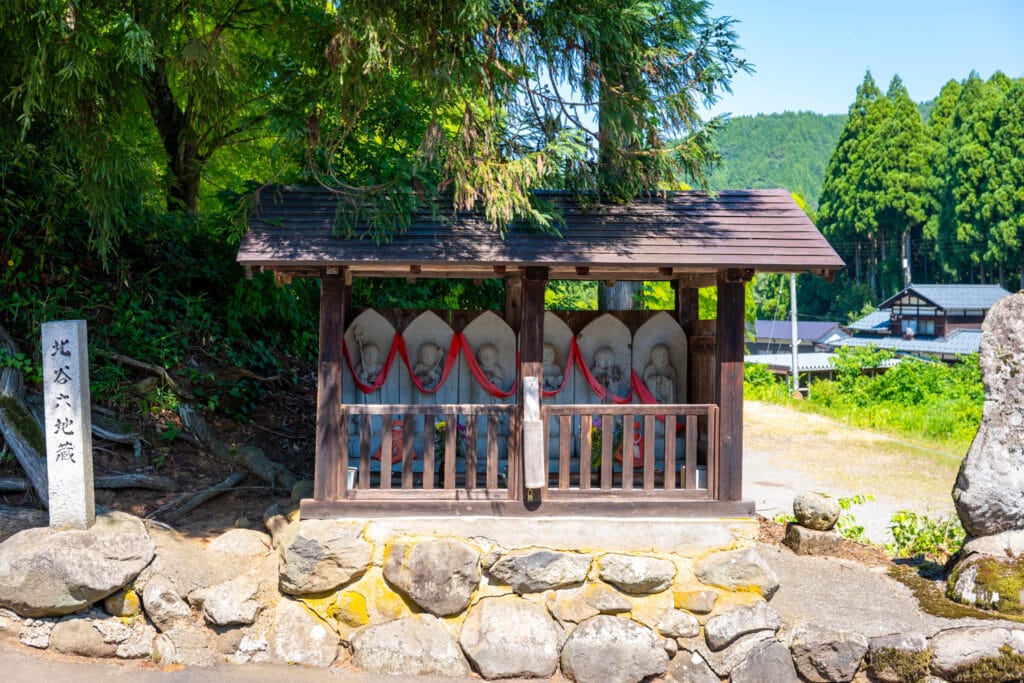


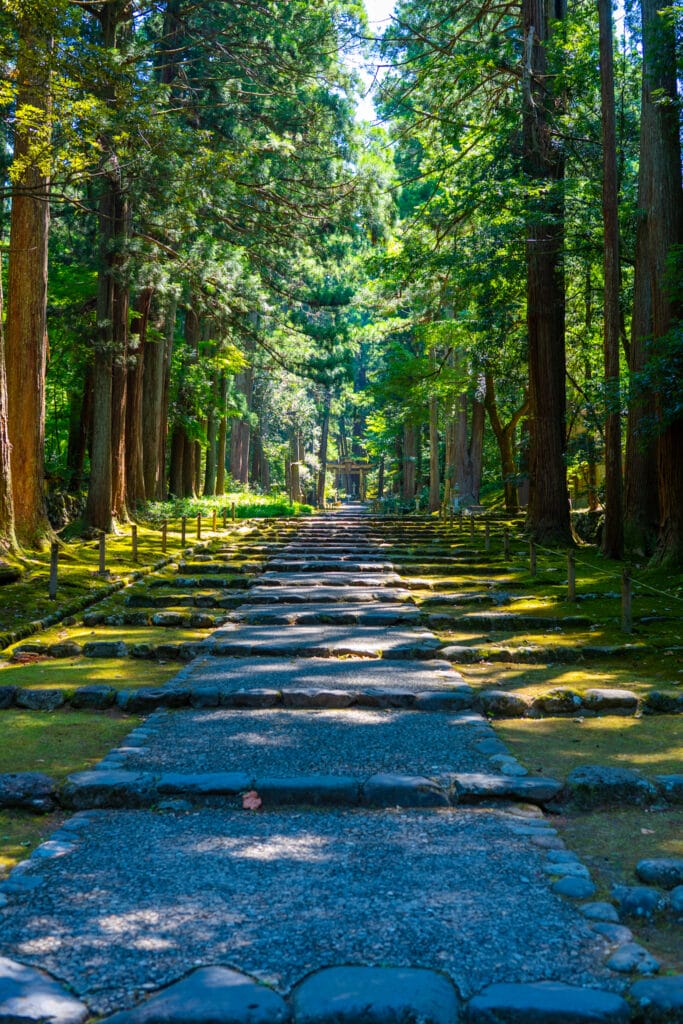
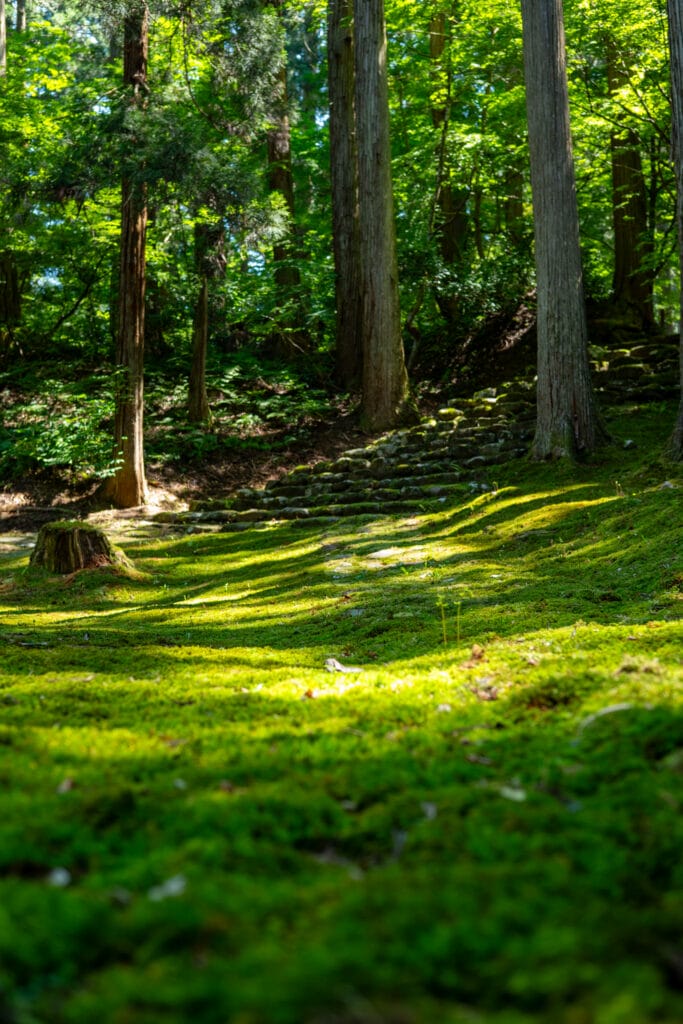
Mitarashi Pond | Goddess Legend and Enchanting Reflections
Tucked away at the end of a quiet cedar-lined path deep within the grounds of Heisenji Hakusan Shrine lies Mitarashi Pond (御手洗池). According to ancient legend, this is the very place where the goddess of Mount Hakusan first washed her feet upon descending from the heavens.
Standing before it, you quickly realize this is more than just a “pond”—it feels like a gateway to another world. The water is crystal-clear, and on still days, the surface perfectly mirrors the sky and towering cedars, creating a breathtaking upside-down world. This spot is well known among photographers for its ethereal reflection shots, and I found myself lingering here, waiting for the perfect moment.
For the best conditions, visit between morning and noon when the light is soft, and wait for the wind to pause. In those rare, quiet moments, the scene resembles a computer-generated fantasy, yet it’s entirely real.
When I visited, no one else was around. The solitude amplified the shrine’s sacred aura—only the distant croak of frogs, the gentle sound of water springing from the earth, and the rhythm of my own breath filled the air.
It was an experience that went beyond “healing”—a moment of profound, almost spiritual, stillness.
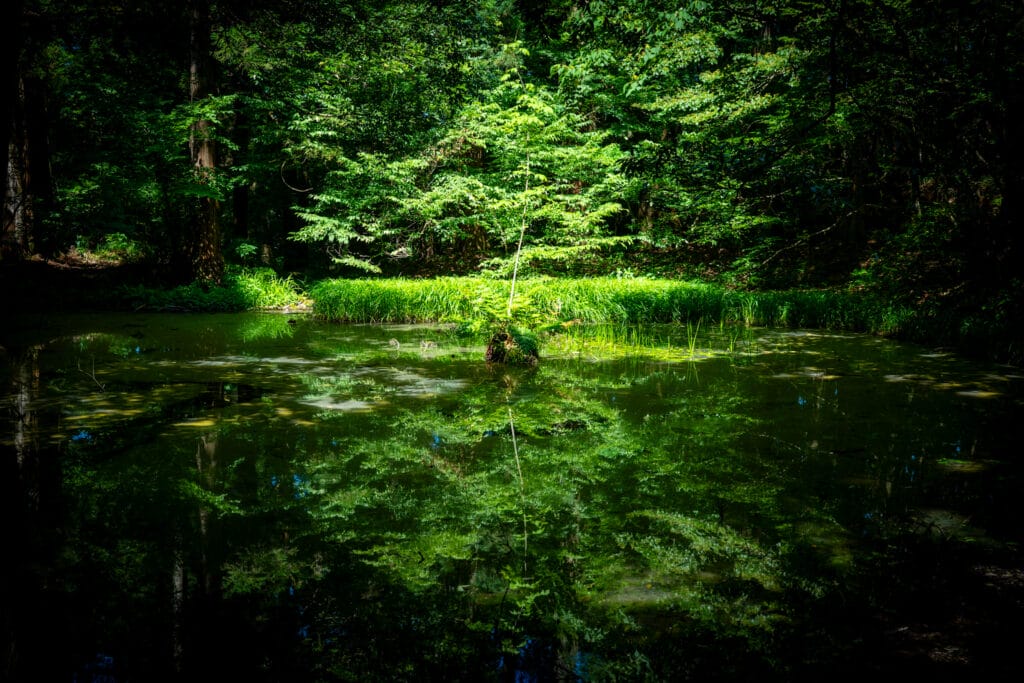

A Must-Read for Photography Enthusiasts | Mastering Reflection and Natural Light Photography Techniques
For this journey, I used the Nikon Zf paired with the NIKKOR Z 40mm f/2 lens.
This setup is lightweight yet excels at creating a shallow depth of field that produces beautifully three-dimensional images. Its ability to capture subtle details and soft background blur made it a perfect match for serene locations like Eiheiji Temple and Heisenji Hakusan Shrine.
▼ Reflection Photography Tips at Mitarashi Pond:
- Target windless times (early morning or calm midday)
- Shoot from a low position right above the water’s surface
- Set ISO sensitivity to 100–200 and around f/4.0 for sharp focus
- Avoid using a PL filter to preserve the water’s natural reflections
When photographing moss or dappled sunlight, slightly underexpose the shot (−0.3 to −1 EV) to enhance texture and create a more atmospheric effect.
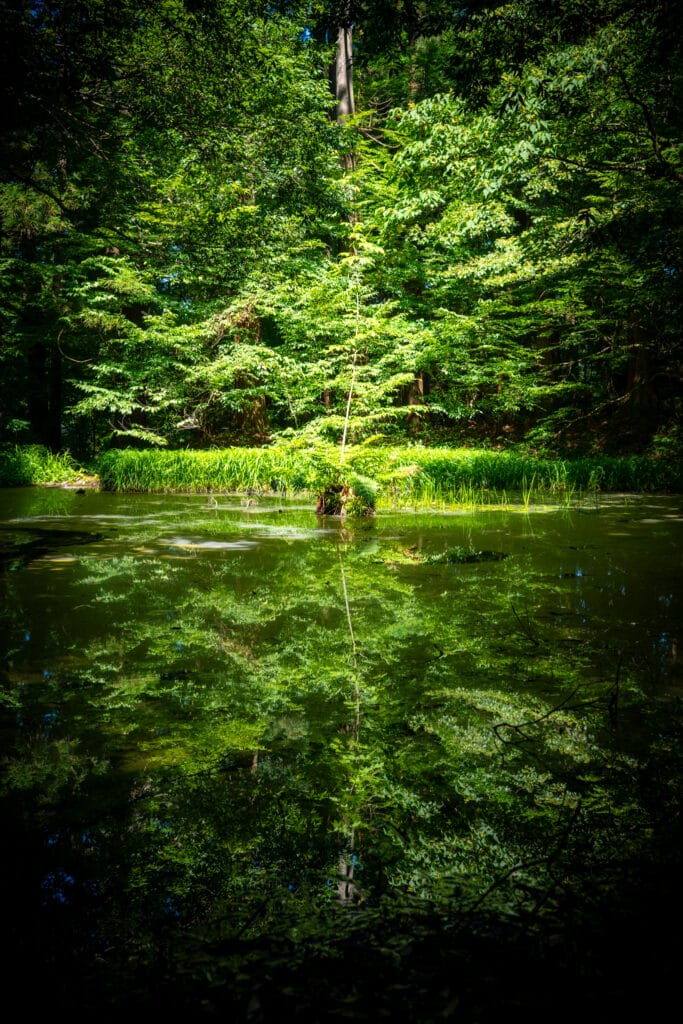
▼ Tips for Capturing Reflections at Mitarashi Pond with an iPhone
Recent iPhones—especially the iPhone 14 through 16 series—offer outstanding camera performance, capable of producing professional-level images when used under the right conditions. Here are key tips to make the most of your iPhone when photographing Mitarashi Pond’s stunning reflections:
- Get as Close to the Water’s Surface as Possible
- The small lens size of the iPhone makes low-angle shots ideal. Position your phone just above the water to enhance the mirror-like effect.
- Safety tip: Always use a secure case or strap to prevent accidental drops.
- Use Live Photo & Burst Mode
- Activate burst mode to capture multiple frames in quick succession, ensuring you catch the exact moment the wind stops.
- With Live Photo, you can record subtle ripples and later extract the perfect still image.
- Turn On HDR (Smart HDR)
- This helps balance the bright sky with the darker reflection areas, producing a natural and well-exposed image.
- Fine-Tune in Post-Editing
- In the Photos app, increase contrast slightly (+10 to +15) and reduce shadows by around -10 for greater depth.
- Keep saturation minimal (+5 or less) to preserve a natural, serene atmosphere.
◉ Additional Travel Snapshots
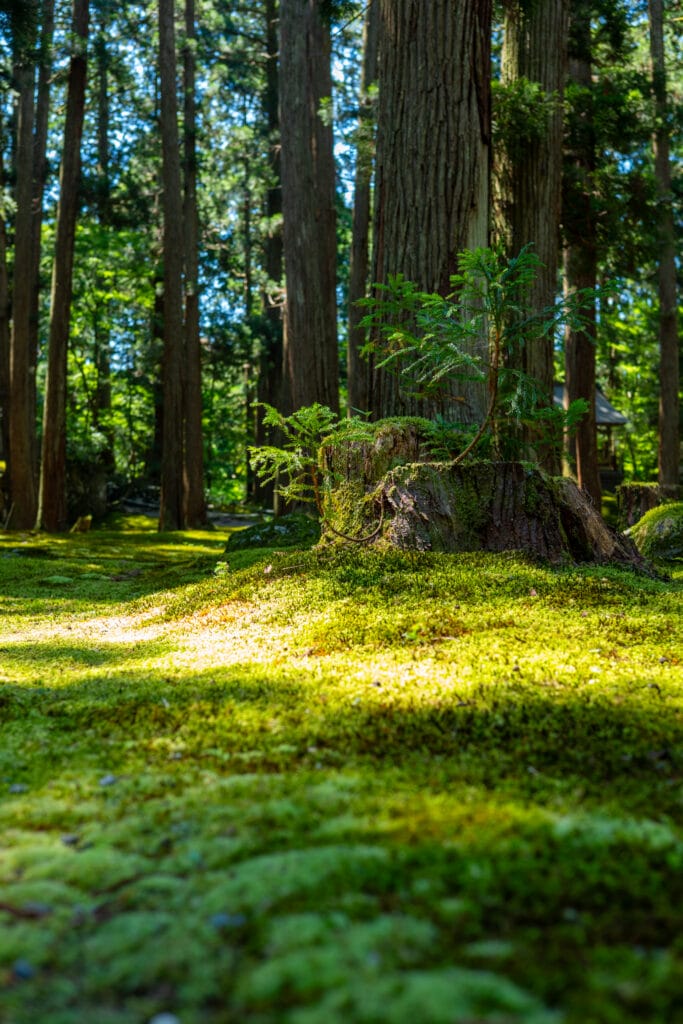
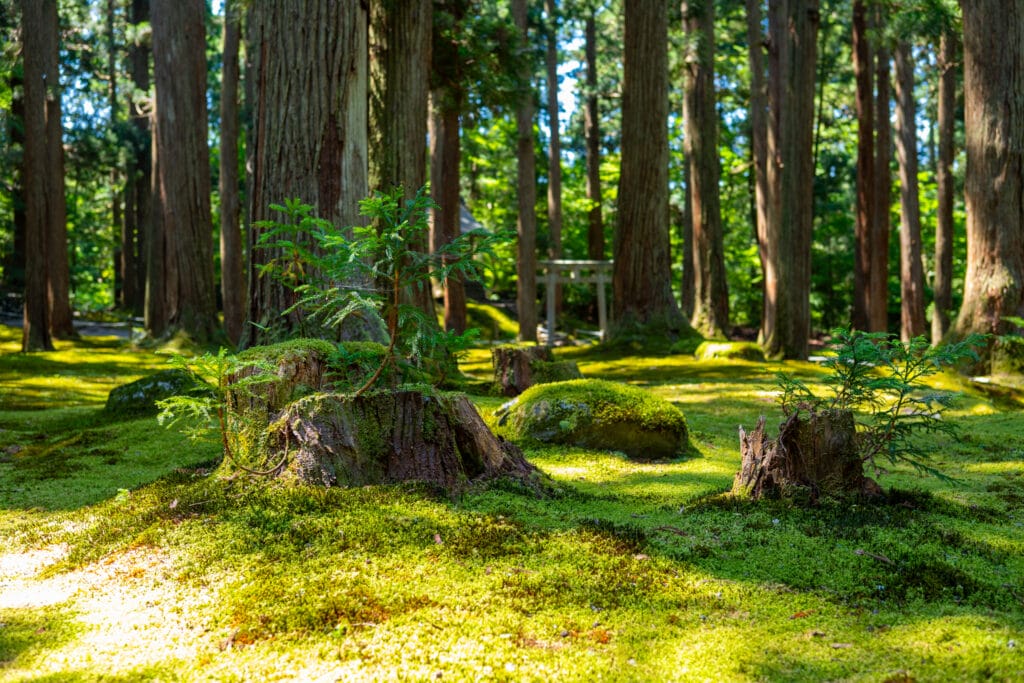
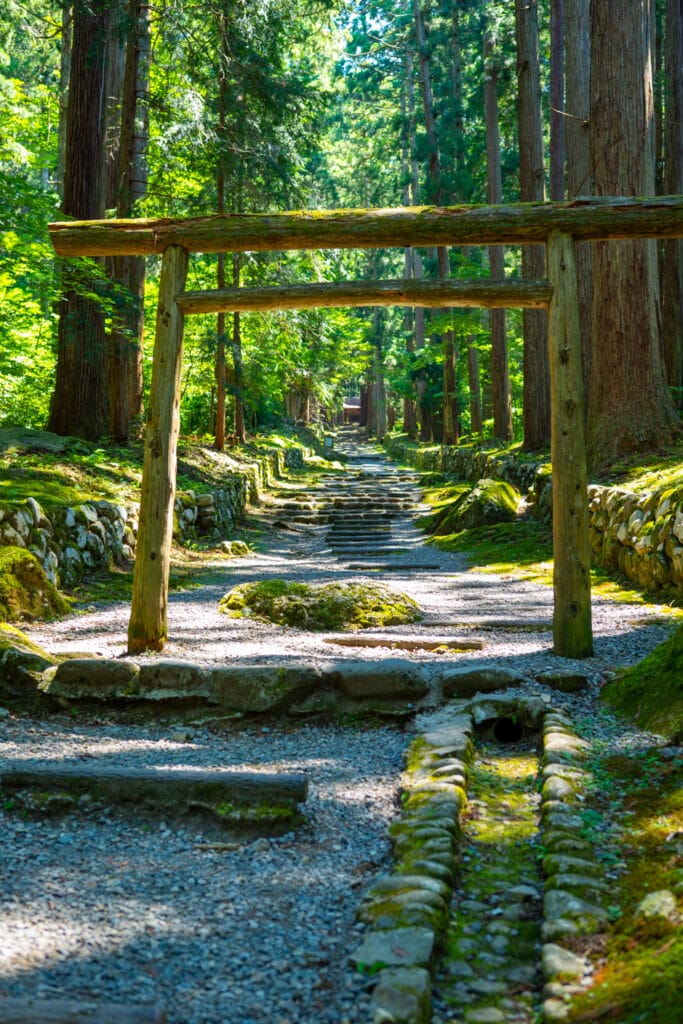
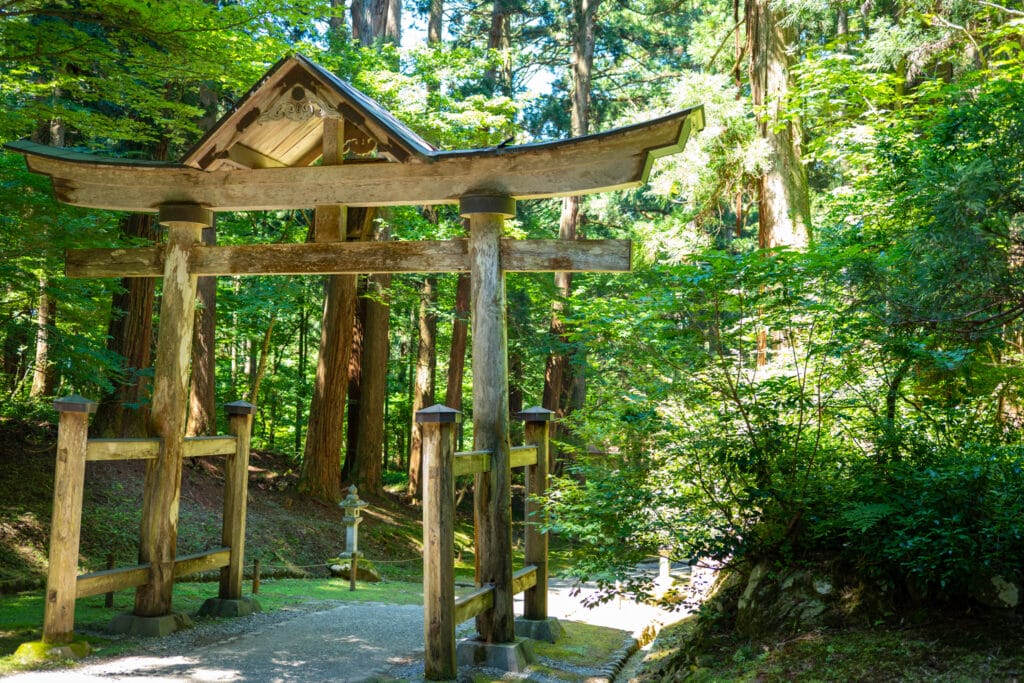
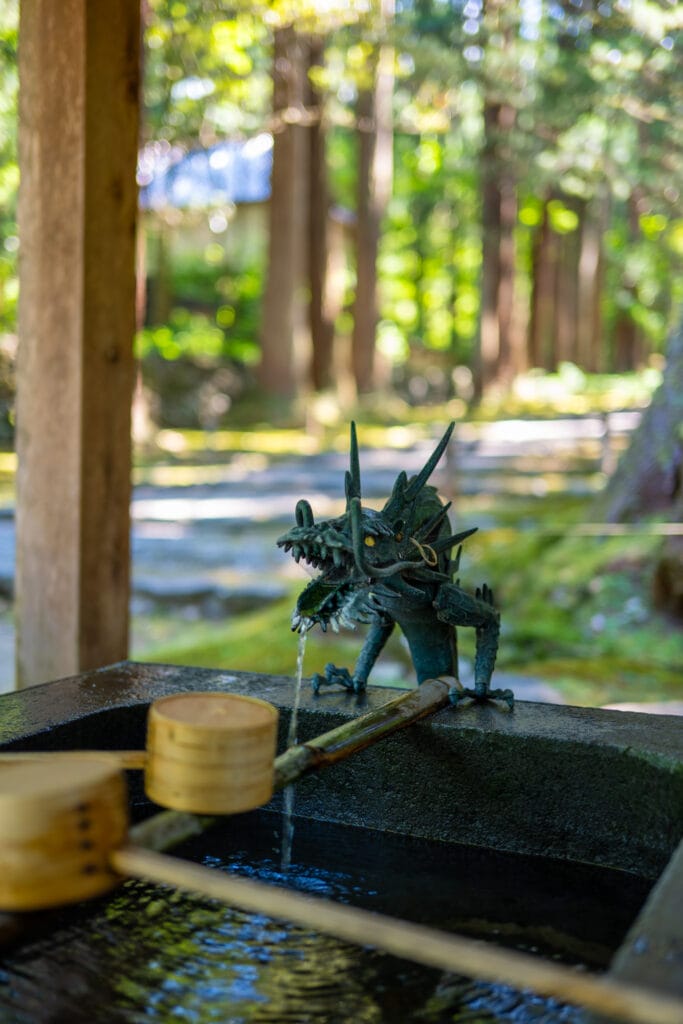

From a Doctor’s Perspective | A Healing Prescription from Nature and Silence
As a physician, I have a deep interest in stress management. In recent years, science-backed non-pharmacological interventions—such as forest bathing (Shinrin-yoku), mindfulness, and nature therapy—have gained increasing attention in medical research.
During my visit to Eiheiji Temple and Heisenji Hakusan Shrine, I experienced the healing power of these practices with all five senses:
- The color green stimulates the parasympathetic nervous system, enhancing relaxation.
- A quiet soundscape influences brainwaves, increasing alpha wave activity associated with calmness.
- Direct interaction with nature reduces stress hormones such as cortisol.
This is not merely a subjective sense of peace—these effects have solid scientific and medical grounding.
Moreover, deliberately creating “time to do nothing” activates the brain’s default mode network (DMN), which is linked to improved creativity and memory.
Experiencing this firsthand reminded me:
Humans are inherently wired to restore balance in nature.
It also strengthened my resolve to share with patients the importance of care that doesn’t rely solely on medication.
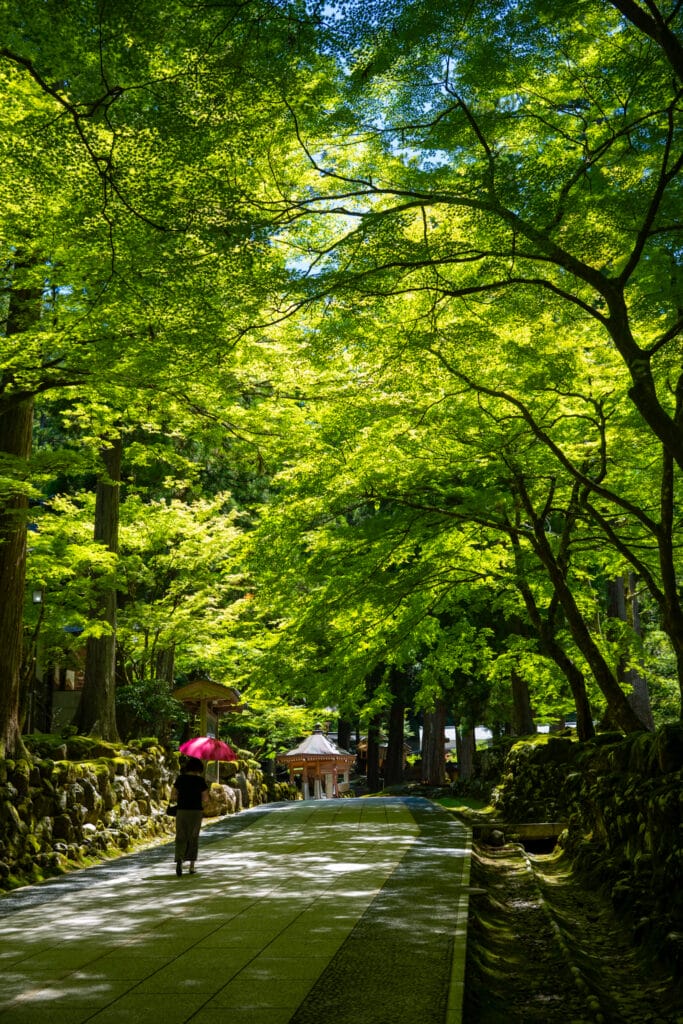
(Photographed within the grounds of Eiheiji Temple, Fukui, Japan)
Travel Tips for Fukui | Access, Clothing, Local Food & Seasonal Guide
● Access Information
- Eiheiji TempleーFrom Fukui Station: Take the Keifuku Bus bound for Eiheiji Monzen and get off at the final stop (approx. 30 minutes).
- Heisenji Hakusan ShrineーFrom Katsuyama Station (Echizen Railway): Take a taxi to the shrine (approx. 15 minutes).
💡 Tip: If you plan to visit both spots using public transportation, it’s most convenient to start your itinerary from Fukui Station.
※This is an affiliate link. Your purchase supports this blog – thank you
● Clothing Tips for Visiting Eiheiji and Heisenji Hakusan Shrine
- Summer heat & UV protection are essential – Wear a hat, sunglasses, and apply sunscreen to prevent sunburn and heat exhaustion.
- Comfortable footwear – Sneakers or trekking shoes are recommended for walking on stone steps and uneven paths.
- Clean socks for temple visits – Eiheiji has many areas where you’ll need to remove your shoes, so wearing clean, presentable socks is a must.
● Local Food Guide
- Eiheiji Temple Area:Famous for Eiheiji Soba (buckwheat noodles) and Goma Dofu (sesame tofu), both traditional temple specialties.
- Katsuyama Area:njoy mountain vegetable tempura set meals in spring and summer, or try the local favorite Katsuyama Sauce Katsu-don (deep-fried pork cutlet with savory sauce over rice).
- Fukui Station Area:A seafood paradise offering Echizen Soba, Heshiko (fermented mackerel), Saba-zushi (mackerel sushi), and Sweet Shrimp Rice Bowls featuring fresh amaebi from the Sea of Japan.
● Seasonal Highlights|Best Times to Visit Eiheiji Temple & Heisenji Hakusan Shrine
| Season | Eiheiji Temple | Heisenji Hakusan Shrine |
|---|---|---|
| Spring | Mountain cherry blossoms and fresh green moss shoots | Cherry blossoms and the bright green of cedar trees |
| Summer | Refreshing greenery and cool breezes | Moss at its peak beauty (June–July) |
| Autumn | Colorful autumn leaves with dramatic light and shadow | Striking contrast between moss and autumn foliage |
| Winter | Snow-covered tranquility | A serene silver world with beautiful cedar shadows |
🌼 Why don’t you start a life with flowers?
There’s something timeless and powerful about giving flowers. Whether it’s a birthday, an anniversary, or simply a “just because” gesture, a thoughtfully arranged bouquet can speak volumes when words fall short.
As a flower enthusiast and physician, I’ve seen how even a single bloom can lift someone’s spirits. If you’re looking for a reliable way to send flowers—not only within the U.S. but also internationally—I recommend Flower.com. They offer beautiful seasonal arrangements, gift baskets, and even same-day delivery in many countries around the world.
From Japan to Europe to the Americas, Flower.com partners with local florists to ensure your heartfelt gift arrives fresh and on time.
Because flowers don’t just decorate—they communicate care, warmth, and connection, no matter the distance.

※This is an affiliate link. Your purchase supports this blog – thank you
Conclusion | Embracing the Richness Found in Silence and Carrying It Into Your Next Journey
My visit to Eiheiji Temple and Heisenji Hakusan Shrine was far more than simple sightseeing—it was a journey to reclaim a sense of inner peace.
In our daily lives, constantly driven by work, social media, and endless to-do lists, it’s easy to forget the importance of simply pausing. Yet, the moment you step into a place steeped in nature and history, there’s a strange but undeniable sensation—the mental noise begins to fade, replaced by a quiet clarity.
This trip is just the first chapter of my “Ikebanadoctor Summer Journey” series. In the coming articles, I will introduce more of Fukui’s breathtaking flower spots, serene landscapes, and cultural heritage sites.
If you’re feeling a little worn out right now, consider adding these destinations to your own travel plans.
Within their stillness lies a richness that will surely reach your heart.
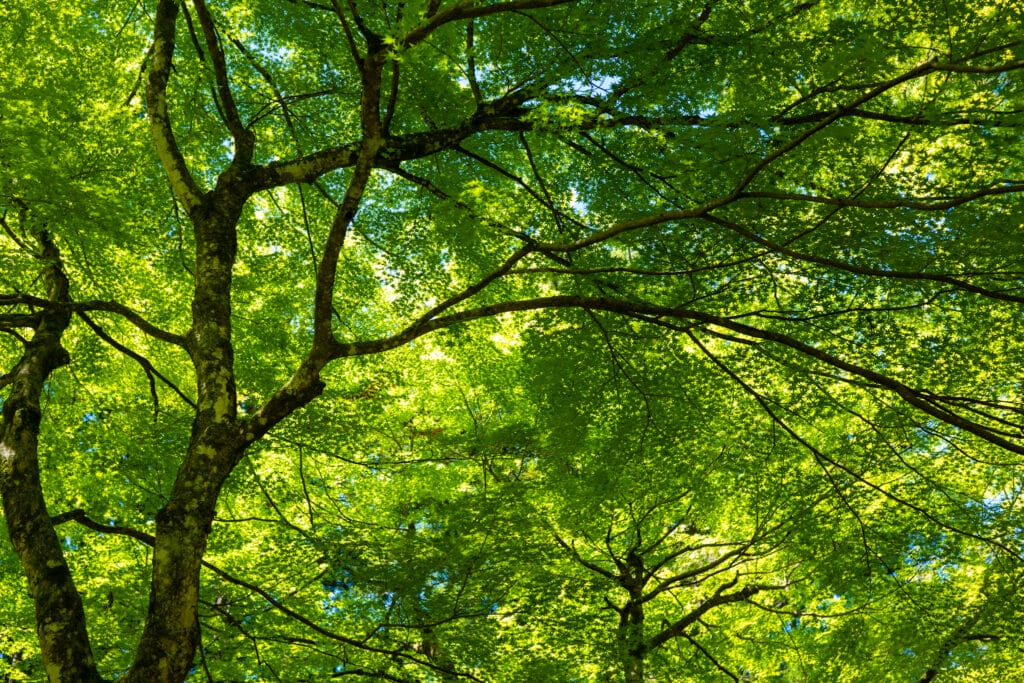
(Photographed within the grounds of Eiheiji Temple, Fukui, Japan)

※This is an affiliate link. Your purchase supports this blog – thank you

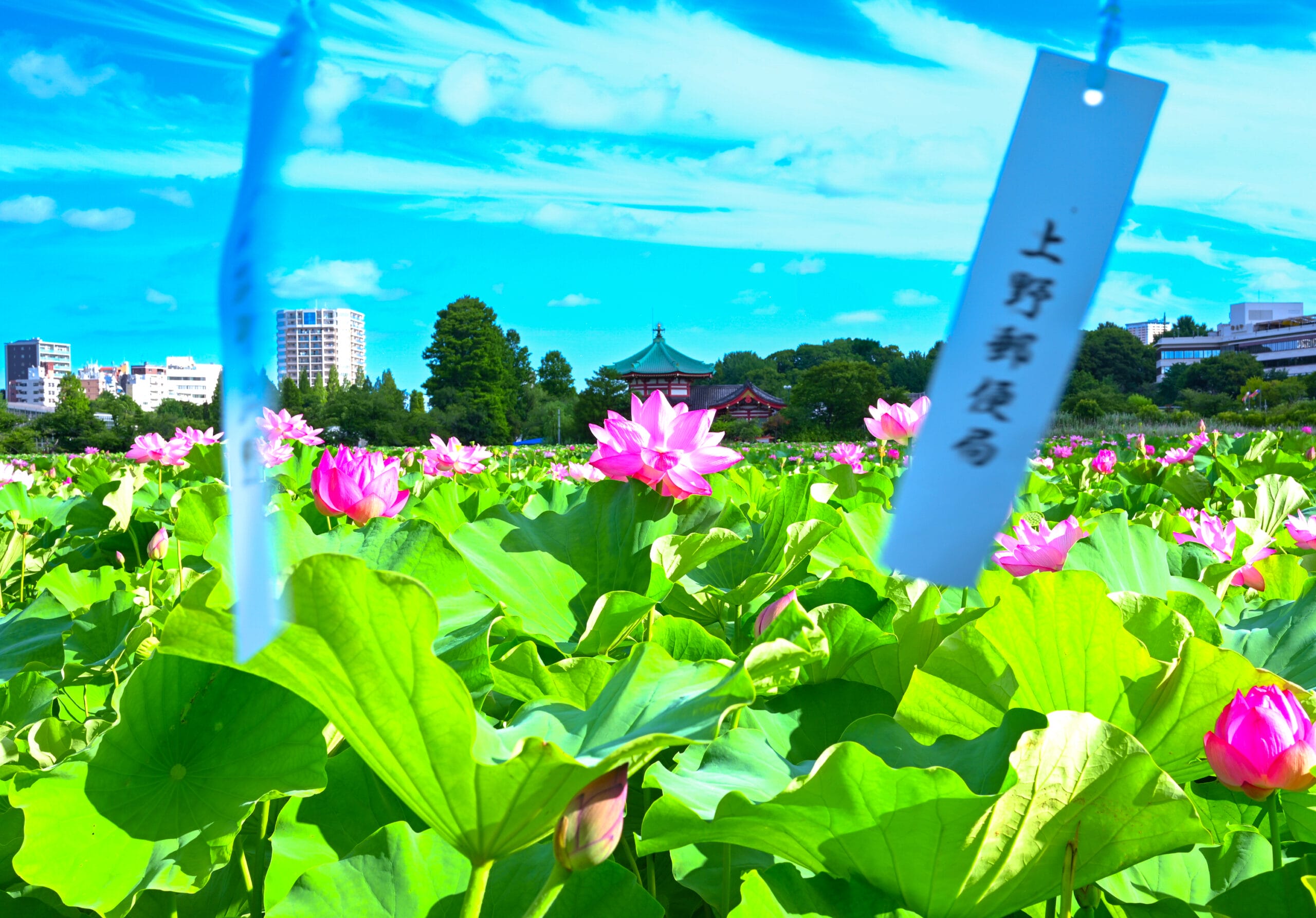

コメント